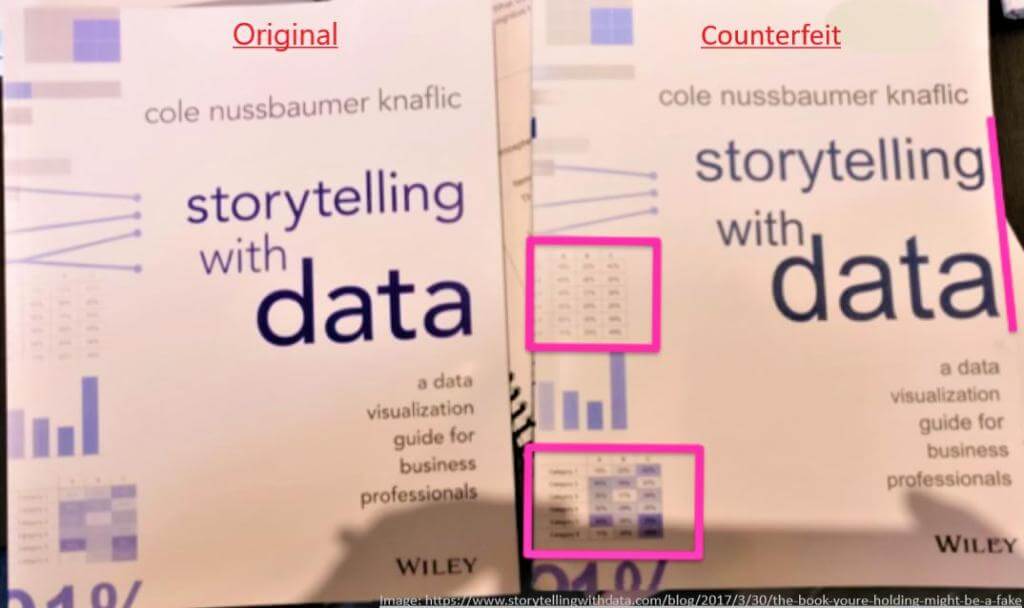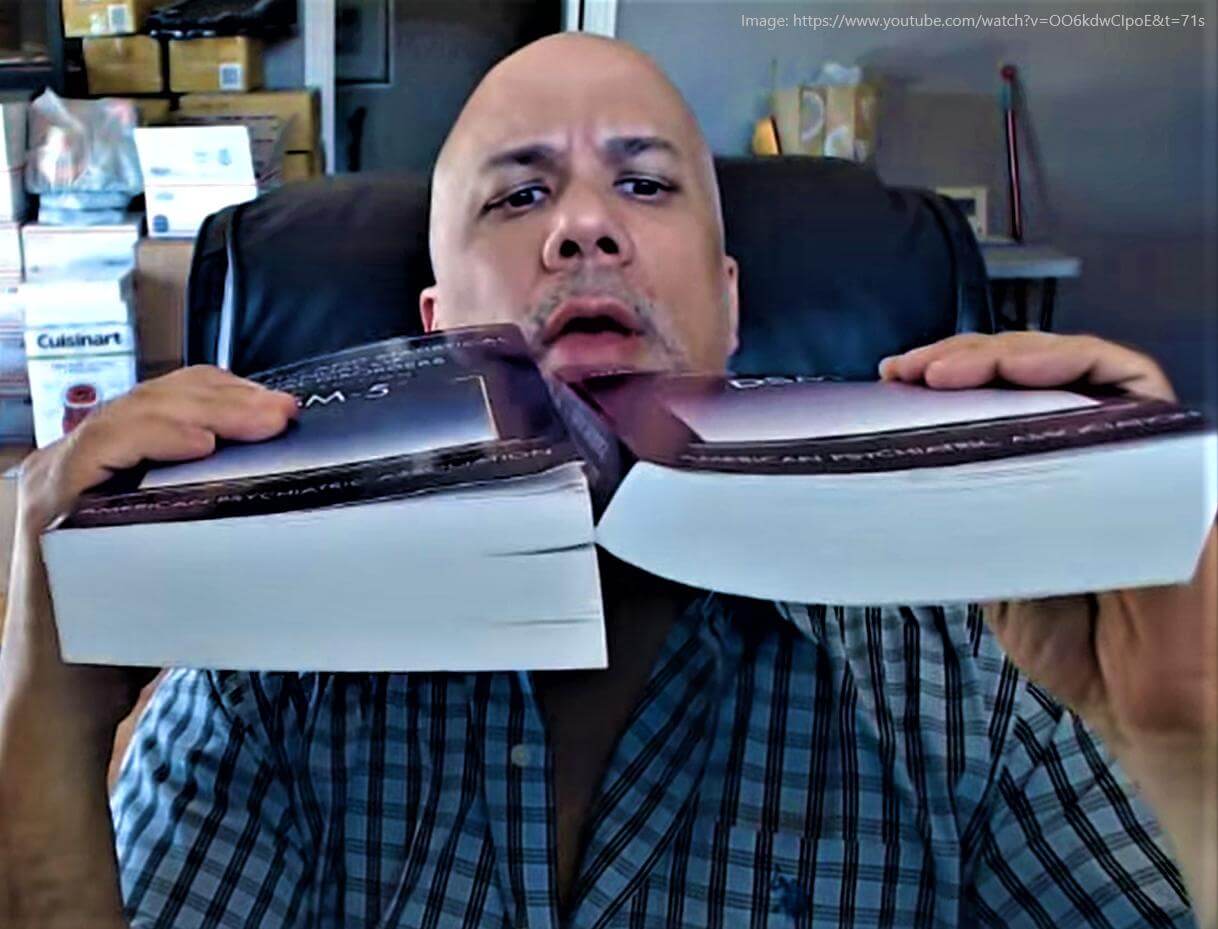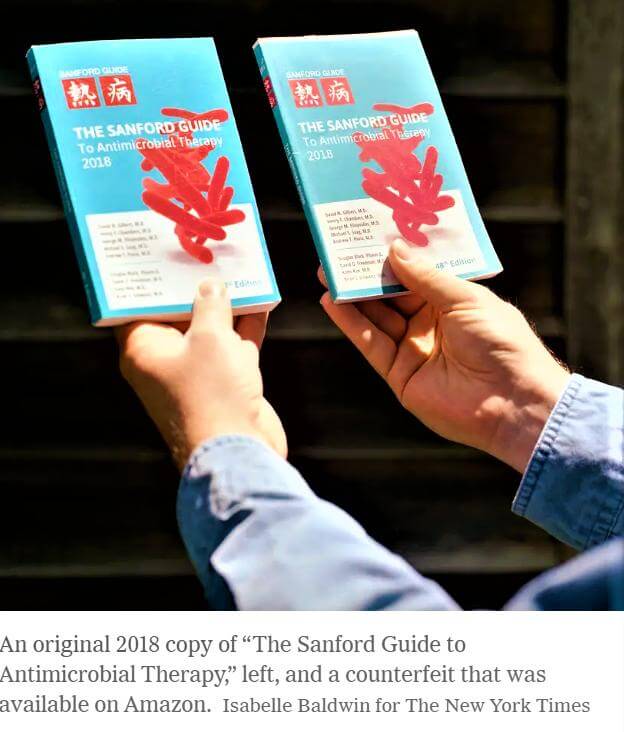With students heading back to campus, life will soon be busy with all that is needed for getting ready for classes, including buying all the required textbooks. With high academic fees, many students are on a budget and often try to get second-hand copies of their books.
There are many pros to buying a used textbook. Not only are they more affordable but it can easier to purchase and resell them than a new textbook. Additionally, buying pre-owned textbooks is more environmentally friendly. And although it can be annoying to see scribbles in your book, marginal notes or highlighted segments from the previous owners could actually be helpful. Who knows? The last owner could be a genius- worked for Harry Potter in Potions class.
That being said, you don’t want to spend your money on a used book only to learn you’ve bought a counterfeit version. You may think that identifying a fraud would be easy, but with widely assessable professional editing, photo and formatting software, it’s easier than ever to create a fakes and pass them off as the real deal.
How to spot a counterfeit book?
Paper Quality
Generally, in cases of counterfeit books the pages look cheaper and tacky. The pages can be thinner than the real textbook and can be easily ripped when turning. A dead giveaway is when the text from the next page is showing through. Original editions often have glossy paper, and counterfeits have often have cheaper plain paper.
According to diggypod.com, “Most printed books, use uncoated paper stocks for the inside pages of the book, and a coated cover stock for the book cover. Uncoated stocks come in different finishes and paper weights. Uncoated paper comes in two different finishes, either a vellum or smooth finish.”
Binding
As opposed to the original authentic textbook, the quality of the binding of the fake book can be obviously poor. The glue used in bookbinding, is typically a non-acidic (archival quality) product offend referred to as, “bookbinder’s glue” or Polyvinyl acetate (PVA). PVA is an excellent product as its non-toxic, water soluble, dries clear, and provides a strong hold but also allows for flexibility.
Cover Art and Illustrations
In addition to all the other corners cut, the cover art is often of lower in quality. The title, name of the author, and other pertinent information on the fakes won’t be vertically centered along binding. With some very low quality fakes the writing may even be blurred, unclear or pixilated. In addition, illustrations inside counterfeit books may be fuzzy black-and-white images, as opposed to original copies, where they are clear and in colour.
Difference in Size
As Jordan Malik shows in his Youtube video, Counterfeit textbooks are often smaller than real versions, as illegal producers try to use less paper.
So what’s the big deal if your textbook is fake?
Malik (image above) is holding up a copy of The Diagnostic and Statistical Manual of Mental Disorders, Fifth Edition,(DSM-5). The DSM is consider the gold standard for diagnosing mental disorders. It contains descriptions, symptoms and other criteria essential for diagnosing and communicating.
For a clinician to be using a counterfeit copy could be harmful and have real life affects. According to a The New York Times article, which looked into what can happen if Amazon’s book market domination doesn’t have the same checks and balances in place as bookstores and universities, the outcomes of using a counterfeit textbook could disastrous.
In The Times piece they highligh a specific example. The Sanford Guide to Antimicrobial Therapy is a medical handbook which recommends the specific dosage of drugs for treating a variety of ailments from bacterial pneumonia to infections. Scott Kelly, vice president of Antimicrobial Therapy, publishers of the manual, told The Times, “Lives depend on it. It is not the sort of book a doctor should puzzle over, wondering, ‘Is that a ‘1’ or a ‘7’ in the recommended dosage?'”
But that’s exactly what happened when a flood of counterfeit Sanford Guide to Antimicrobial Therapy textbooks were released onto the market through Amazon.
As share by Sheridan.com, “Counterfeit books are a growing concern, especially in the educational sector. In fact, the problem is becoming rampant. Counterfeit textbooks cost publishers millions of dollars in unsold authentic books, authors lose royalties on their intellectual property, and students get shortchanged with inferior copies of texts. And if a student tries to resell a fake text, they could unknowingly be guilty of selling counterfeit goods.”
Being a college or university student can be wonderful experience. However, in our ever-evolving world, today’s students are facing a multitude of new challenges which can directly impact their academic journey and ability to succeed. And unfortunately, there’s another scam they have to keep an eye out for.
An avid book reader and proud library card holder, Angela is new to the world of e-Readers. She has a background in education, emergency response, fitness, loves to be in nature, traveling and exploring. With an honours science degree in anthropology, Angela also studied writing after graduation. She has contributed work to The London Free Press, The Gazette, The Londoner, Best Version Media, Lifeliner, and Citymedia.ca.







